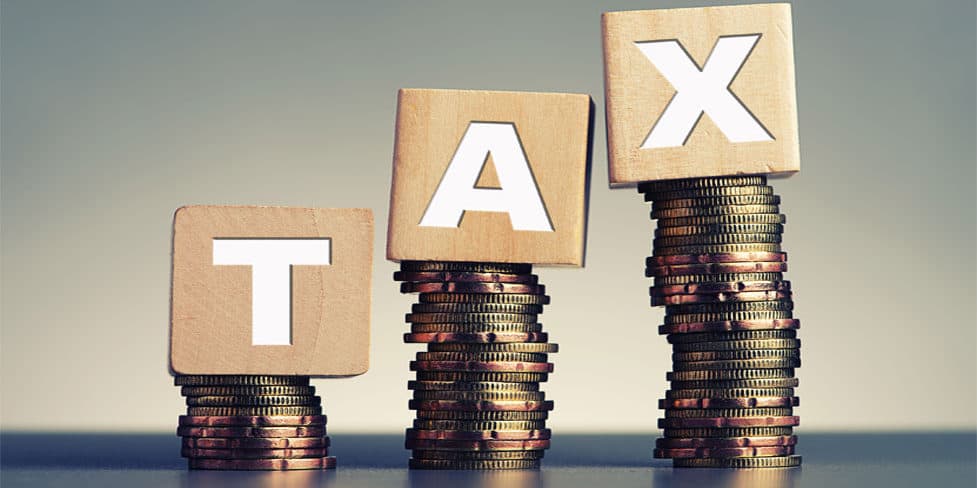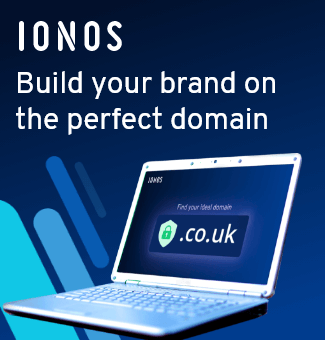One of the many benefits of setting up a limited company is the option to pay yourself dividends on top of your director’s salary. Dividend tax rates are based on Income Tax bands, but they’re significantly lower than the corresponding rates of Income Tax. Furthermore, dividends are not subject to National Insurance, and you’ll enjoy a tax-free dividend allowance of £500 for the year.
These measures are intended to counter the Corporation Tax already paid on company profits before dividends are issued to shareholders.
Whilst the potential tax savings from dividends are not as significant as they were a few years ago, running a limited company can still be more tax-efficient than operating as a sole trader if you plan and arrange your remuneration carefully.
So, let’s look at the current dividend tax rates for the 2025-26 tax year and the amount of personal tax you will pay as a limited company director and shareholder.
Key Takeaways
- Dividends are distributions of company profits to shareholders. These payments are made from profits after the deduction of Corporation Tax. Companies cannot issue dividends if they have not made a profit.
- No Income Tax or National Insurance contributions are payable on dividend income. Instead, shareholders are liable to pay dividend tax at 8.75% (basic rate), 33.75% (higher rate), and 39.35% (additional rate) on dividend earnings in accordance with their Income Tax band(s) for the year.
- Shareholders also enjoy a £500 dividend allowance for the year, meaning the first £500 of dividend income is tax-free. Any tax due on dividends above the allowance is usually paid through Self Assessment after the end of the tax year.
Dividend tax rates for the 2025-26 tax year
Dividend tax rates and allowances sometimes change at the start of the tax year. They are based on Income Tax bands and thresholds, so the amount of tax you pay on dividends depends on your total taxable income from all sources.
- Dividends – do all shareholders get them?
- Most tax-efficient director’s salary and dividends for 2025-26
- New tax year 2025-26: key changes for businesses
You won’t pay any dividend tax on income that’s within your annual Personal Allowance (if applicable). Most individuals are entitled to the standard Personal Allowance of £12,570 a year. The first £500 of dividend income in the year will also be tax-free. This means that you may be able to earn up to £13,070 before you have to start paying tax.
For the 2025-26 tax year, which runs from 6 April 2025 to 5 April 2026, the following rates of dividend tax apply:
- 8.75% (basic rate) – taxable income up to £50,270
- 33.75% (higher rate) – taxable income between £50,271 and £125,140
- 39.35% (additional rate) – taxable income above £125,140
To work out your tax band, simply add your annual dividend income to your other sources of income (e.g. director’s salary, expenses, taxable income from any other sources). Depending on your total taxable income for the year, you may pay tax on dividends at more than one rate.
Whilst Income Tax rates and thresholds often vary between UK nations, you will use the bands set by the UK government when working out your tax on dividends.
Let’s look at a few limited company remuneration examples to understand how this works. Remember that dividends are distributed from company profits after tax, so the company will have already paid Corporation Tax on the income you receive as dividends.
Example 1
You receive a total annual income of £13,070. This is made up of £12,570 salary + £500 dividends.
- You are a basic-rate taxpayer
- You won’t pay any dividend tax because of the £500 dividend allowance
- Your salary is within your tax-free Personal Allowance (PA), so you won’t pay any Income Tax
- You won’t be liable to employee Class 1 National Insurance contributions (NICs) because your salary does not exceed the NIC primary threshold (also £12,570)
- The company will be liable to pay 15% employer (secondary) Class 1 NICs on the portion of your salary earnings above £5,000 per year (NIC secondary threshold) = £1,135.50
- Total deductions on this income = £1,135.50 (paid by the company – not deducted from your personal income)
Example 2
You receive a total annual income of £13,070. This is made up of £5,000 salary + £8,070 dividends.
- You are a basic-rate taxpayer
- Your salary is within your PA, so you won’t pay any Income Tax
- You won’t pay employee Class 1 NICs on your salary because it’s below the primary threshold
- The company won’t be liable to employer NICs on your salary because it’s below the secondary threshold
- Your first £500 of dividends will be tax-free, and the remaining £8,070 of dividends will be covered by your PA
- Total deductions on this income = £0.00
Example 3
You receive a total annual income of £50,000. This is made up of £5,000 salary + £45,000 dividends:
- You are a basic-rate taxpayer
- Your salary is within your PA, so you won’t pay any Income Tax
- You won’t pay employee Class 1 NICs on your salary because it’s below the primary threshold
- The company won’t be liable to employer NICs on your salary because it’s below the secondary threshold
- £7,570 of dividends will be tax-free on account of the £500 dividend allowance and your remaining PA
- You’ll pay 8.75% dividend tax on the remaining £36,930 of dividend income = £3,231
- Total deductions on this income = £3,231 (paid by you)
Example 4
You receive a total annual income of £80,000. This is made up of £5,000 salary + £75,000 dividends:
- You are a higher-rate taxpayer
- Your salary is within your PA, so you won’t pay any Income Tax
- You won’t pay employee Class 1 NICs on your salary
- The company won’t be liable to employer NICs on your salary
- £7,570 of dividends will be tax-free on account of the £500 dividend allowance and your remaining PA
- You’ll pay 8.75% dividend tax on £37,200 of dividends = £3,255
- You will pay 33.75% dividend tax on the remaining £29,730 of dividends = £10,034
- Total deductions on this income = £13,289 (paid by you)
Dividend Tax Calculator
Is dividend income covered by my Personal Allowance?
Your Personal Allowance may cover some or all of your dividend income if your salary is below £12,570. For example, if you take dividends of £13,070 and don’t have any income from other sources, you won’t pay any personal tax on this dividend income.
In this scenario, the dividend allowance will cover the first £500 of dividends, and the Personal Allowance will cover the remaining £12,570.
However, the PA reduces by £1 for every £2 of adjusted net income above £100,000. This means your PA will be zero if your total annual income from all sources is £125,140 or more.
Dividend tax on shares in ISAs and pensions
Dividends from shares held in an ISA are tax-free and have no impact on your dividend allowance. You can save £20,000 of dividend income in stocks and shares ISAs during the 2025-26 tax year. Moreover, any profits generated from investments in your stocks and shares ISAs are free of Capital Gains Tax.
Dividend income received in a pension fund is also tax-free while the funds remain in the pension. When this income is withdrawn, the dividends will be taxed in accordance with the pension withdrawal rules in effect at that time.
Thanks for reading
Please feel free to comment below if you have any questions about this post. However, we advise consulting an accountant or financial advisor for help with your tax affairs.
Explore the 1st Formations Blog for more limited company guidance, insights, and business advice. You can also contact our London-based team if you need help setting up a company in the UK.
Please note that the information provided in this article is for general informational purposes only and does not constitute legal, tax, or professional advice. While our aim is that the content is accurate and up to date, it should not be relied upon as a substitute for tailored advice from qualified professionals. We strongly recommend that you seek independent legal and tax advice specific to your circumstances before acting on any information contained in this article. We accept no responsibility or liability for any loss or damage that may result from your reliance on the information provided in this article. Use of the information contained in this article is entirely at your own risk.










Join The Discussion
Comments (2)
If I earn £34000 interest rate, and £35000 dividend, no salary income, then how much tax I need to pay in the leastways?
Thank you for your comment, Eva.
Unfortunately as we are not regulated to provide accountancy advice, we are unable to provide advice on specific scenarios. We would recommend contacting a accountant for further assistance.
Please accept our apologies for any inconvenience caused.
Kind regards,
The 1st Formations Team